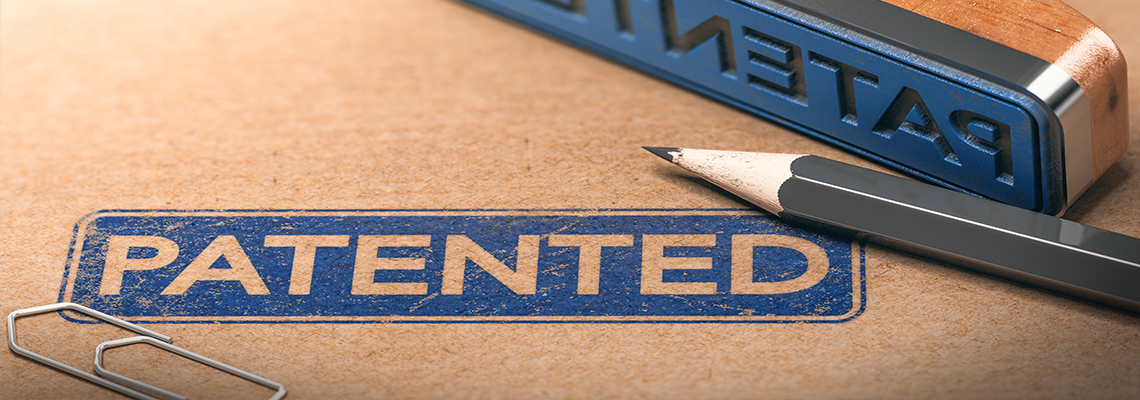
What You Need to Know About Patent Drawings
Obtaining a patent can be a lengthy and challenging process. If you do invent something new, it can take more than a year—perhaps two years or more—to get approval from the United States Patent and Trademark Office (USPTO) for your creation.
The first steps are to make sure your invention, design, or breeding of a new variety of plant is unique and that no one else has sought a patent for it. During this process, you must also make sure that what you’ve created doesn’t become public knowledge or get purloined by someone else.
When you do file, after doing an exhaustive search to make sure your idea is new and unique, you may need to supply a drawing or drawings to accompany your detailed description, especially when it comes to utility (invention) and design patents. The catch here is that, even though you proved your creative mettle through the product or design you’re seeking a patent for, you may not be the world’s greatest illustrator.
There are, of course, companies that will do the drawings for you. But you’d better make sure that the company you choose signs a nondisclosure agreement (NDA) so your idea or design doesn’t suddenly end up being compromised.
If you’re seeking a patent in or around Kansas City, Missouri, contact the patent attorney at Ream Law Firm, L.L.C. Attorney Dale J. Ream has more than two decades of experience in helping clients navigate the patenting process and working with patent examiners to help those clients obtain the patents they’re seeking. In addition to Kansas City, he also works with patent seekers throughout Johnson County, Kansas, and Jackson County, Missouri.
Why Include Patent Drawings?
As they say, a picture is worth a thousand words, and so it is for drawings submitted in support of a patent application. Sometimes words themselves can be subject to misinterpretation or even fall short of explaining what exactly you mean in describing your creation. Therefore, a drawing or drawings can fill in the verbal gaps so that the USPTO examiner can more fully understand what you’re getting at.
When Are Drawings Required?
The USPTO requires that every utility application have at least one drawing if an illustration is necessary to fully understand the invention. For design patents, an illustration of the design is vital to the patenting process.
Even plant applications can be augmented and made more fully understandable through the submission of a drawing. The only exceptions for not submitting a drawing are when a chemical compound or composition is involved, or when a new method or process is being proclaimed.
What Specifications Does the USPTO Require for Drawings?
The USPTO does have rules for drawings, which include:
Identifying indicia should be provided, and if provided, should include the title of the invention, inventor’s name, and application number or docket number (if any) if an application number has not been assigned to the application
The paper must be white and 8-1/2-by-11 inches (21.6 cm by 27.9 cm) in size
The paper must be matte (non-shiny), flexible, with writing on one side only
Color is rarely allowed except when there is no other way of illustrating what you need to show, such as for a plant patent
Photographs are acceptable only when there is no other way of displaying the invention, such as a photograph of a scientific gel
Each page must have margins of specific lengths: 2.5 cm on the top, 2.5 cm on the left side, 1.5 cm on the right side, and 1.0 cm on the bottom
Vertical as opposed to horizontal (landscape) drawings are preferred
It is recommended that you submit drawings with as many views as possible
Numbers are preferred as reference characters as opposed to letters
The drawings shall not contain text matter, except a single word or words, when absolutely indispensable, such as "water," "steam," "open," "closed," "section on AB," etc.
Rely on Experienced Representation
Applying for a patent can be a complex and challenging task. Not only does your description have to be so precise that it can leave no room for questions—or for copycats to seize on your imprecision—but you must, in most cases, also supply a drawing or series of drawings to fully explain your invention, design, or plant variety. All this comes after you’ve done an exhaustive search to make sure what you’re submitting is new and unique.
For help navigating the USPTO patent process, contact Ream Law Firm, L.L.C. if you’re anywhere in or around Kansas City, whether Kansas or Missouri. The firm’s patent attorney has helped countless others like you to see their patent applications through to approval. Reach out today.
